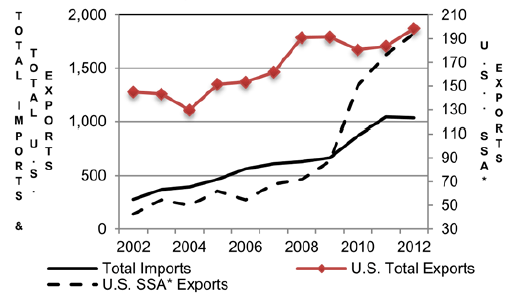Import Statistics from the US Census Bureau
Post on: 16 Март, 2015 No Comment

PRODUCTS
U.S. International Trade in Good and Services (FT900) press release and supplement provides summary statistics for goods on a census and balance of payment basis and services data each month. This includes information for the most recent month and year on goods and services imports, exports and trade balances, various commodity classifications and country of origin or destination.
U.S. Merchandise Trade: Selected Highlights (FT920) provides data on value, charges, insurance, and freight (CIF), shipping weight for general imports and imports for consumption by district of entry, district of unlading, world area, country of orgin, and by method of transporation. Final data are released monthly.
Steel Repor t (FT900A) provides detailed data on U.S. imports for consumption by steel category and country. Preliminary and final data are released monthly.
USA Trade Online. an online subscription service, provides U.S. import statistics of commodities at the 2, 4, 6 and 10-digit Harmonized Schedule (HS) level. Monthly, year-to-date, and annual statistics on value, quantity, country, and customs district. Port statistics by 6-digit HS and country are provided for value, shipping weight and method of transportation. State export statistics are provided for 6-digit HS or 4-digit NAICS and country are provided for value, shipping weight and method of transportation. Statistics by 6-digit NAICS, country and district are provided for balance; domestic, foreign and total exports; and General Imports Customs value, General Imports CIF value, Imports for Consumption Customs value and Imports for Consumption CIF value.
U.S. Imports of Merchandise — Monthly provides import statistics in ASCII or dBase format. Each file has various data fields for HS commodities at the 2, 4, 6 and 10-digit level. Country and customs district data for value, quantity, method of transportation, shipping weights, import charges, duties and much more are provided on a monthly, year-to-date, and annual basis.
U.S. Import History provides five years of historical annual revised import statistics in ASCII or dBase format. Each file contains various data fields for HS commodities at the 2, 4, 6, and 10-digit level. Commodity, country, and district data for customs value (both general and consumption) and quantity is provided on an annual basis and is issued annually. Discs are available for 1989 to the most recent full year. The discs are released each June includes the annual revisions.
U.S. Imports by Port provides import statistics by port of unlading in ASCII file format. Each file has various data fields for HS commodities at the 6-digit HS level. Commodity data for value, shipping weight, and method of transportation are provided on an monthly, quarterly or annual basis.
Related Party Trade provides aggregated data about transactions between parties with various types of relationships. The report is based on customs value excluding import duties, freight, insurance and other charges incurred in bringing the merchandise to the U.S. The report is released annually.
Merchandise Trade Reconciliation provides the results of a study into the differences between the official trade statistics released by the United States and Mexico, and Canada and Mexico during 1998 and 1999, and 1996 and 1997. The first report shows the differences during 1996 and 1997. The second report shows the differences during 1998 and 1999.
Softwood Lumber Imports from Canada . This table is being produced as a result of the U.S. Canada Softwood Lumber Agreement to provide aggregate data on monthly imports. The series began with January 2007 data.
Special Reports and Data Services provides a multitude of export and import data products that the Census Bureau customizes in response to user requests for a nominal fee. Special products may be prepared once, periodically, or routinely.
USES
The BEA uses the data to update U.S. balance of payments, gross domestic product, and national accounts. Other federal agencies use them for economic, financial, and trade policy analysis (such as import price indexes and import penetration analyses). Private businesses and trade associations use them for domestic and overseas market analysis, industry-, product-, and area-based business planning. Major print and electronic news media use them for general and business news reports.
SPECIAL FEATURES
Import statistics provides a principal economic indicator as well as the most complete and only official source of monthly statistics on U.S. imports.














